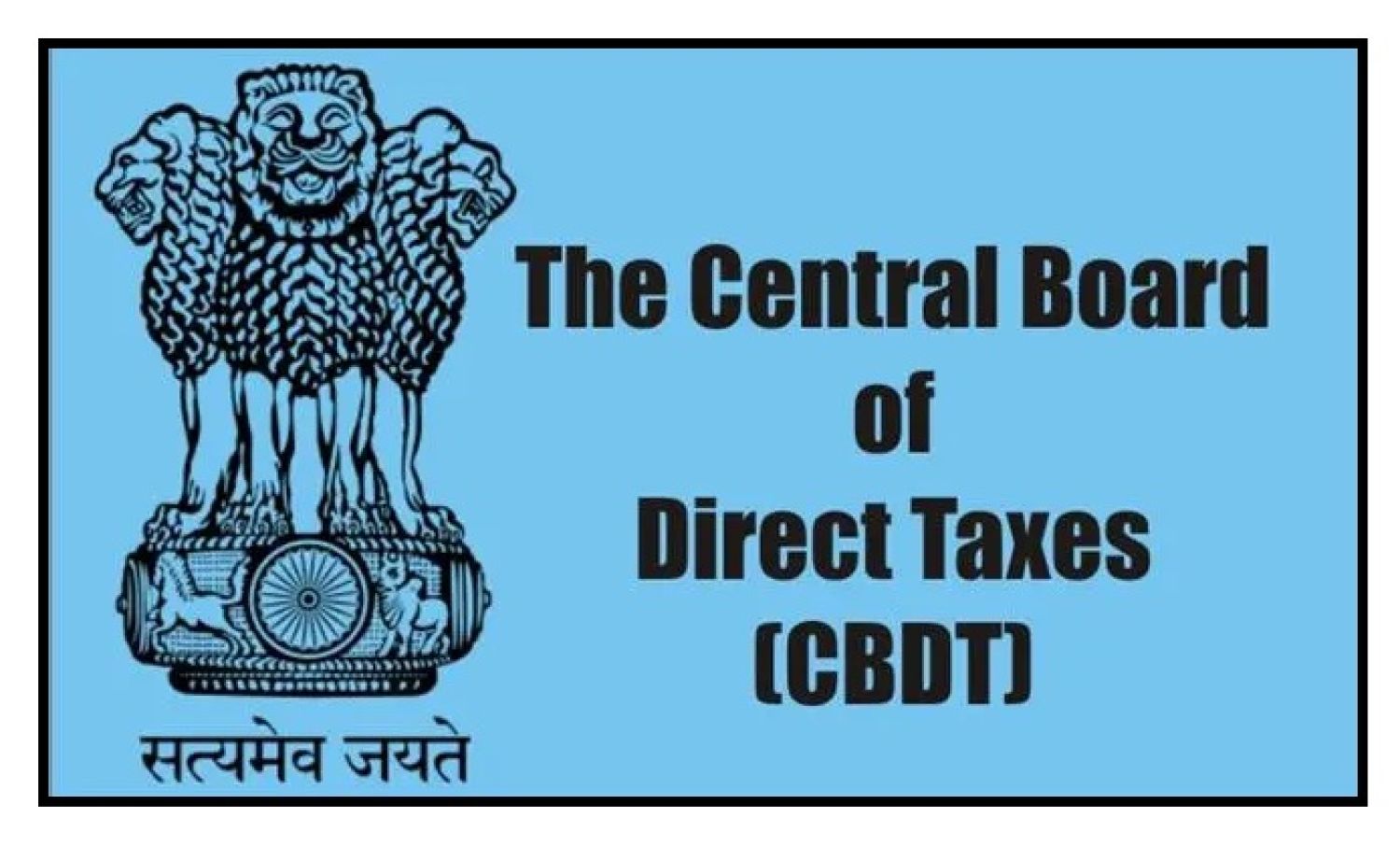Norman Macleod, Kt., C.J.@mdashThe plaintiff brought this suit to recover Rs. 8,100 on three promissory-notes of Rs. 2,700 each, signed by the first and the second defendants, with interest thereon. The promissory notes were signed on October 12, 1921.
2. The plaintiff had got a decree for Rs. 14,517 in the High Court in Suit No 2756 of 1919 against defendant No. 1, who was adjudged insolvent by an order of the High Court on October 4, 1921, under the Presidency Towns Insolvency Act, and consequently any dealings thereafter between the plaintiff and the insolvent with regard to his property, his assets or estate would be null and void as against the Official Assignee, and also as against the Court which had the conduct of the insolvency proceedings. According to the evidence it seems that the plaintiff had compromised his claim of Rs. 14,517 by accepting a present payment of Rs. 1,100, taking promissory notes for Us. 8,100 and relinquishing the rest of his claim.
3. The whole proceeding was tainted with fraud. The first defendant being insolvent could not make any payment to his creditors, and Rs. 1,100 paid by the insolvent to the plaintiff was money vested at that time in the Official Assignee. The second defendant was induced in some way to be a party to the fraud, and signed the promissory notes without receiving any consideration whatever. It has been contended that unless we find from one of the sections of the Presidency Towns Insolvency Act some authority for the proposition that any transaction between the insolvent and the creditor, conducted behind the back of the Official Assignee and without informing the Court, must be considered as null and void, we cannot set it aside. There is no necessity to refer to any particular section in the Act, because any such transaction would be wholly repugnant to the scheme of the Act, since the whole of the insolvent''s estate is vested in the Official Assignee, his affairs have to be investigated by the Official Assignee and the Court which deals with his discharge, and consequently there is nothing left for the insolvent to do except to perform his duties which are prescribed by the Act by giving information and assistance to the Official Assignee, and proceeding to take the steps necessary to obtain his discharge.
4. The suit was clearly bad against the first defendant because no leave of the Court was obtained, and there was very good reason for not asking the Court''s leave, because if the Court had been aware of all the circumstances from which the claim arose in the plaintiff''s suit, it would certainly have declined to give the leave asked for, and would probably have ordered the plaintiff to pay into Court Us. 1,100 which he had received from the insolvent. The Judge was, therefore, clearly right in dismissing the suit against the first defendant.
5. With regard to the second defendant the plaintiff cannot separate the transaction and say that it was good as against, the second defendant, although it was bad as against the first defendant, as the whole transaction was tainted with fraud. Therefore the decision of the Court below was right and the appeal must be dismissed with costs.

